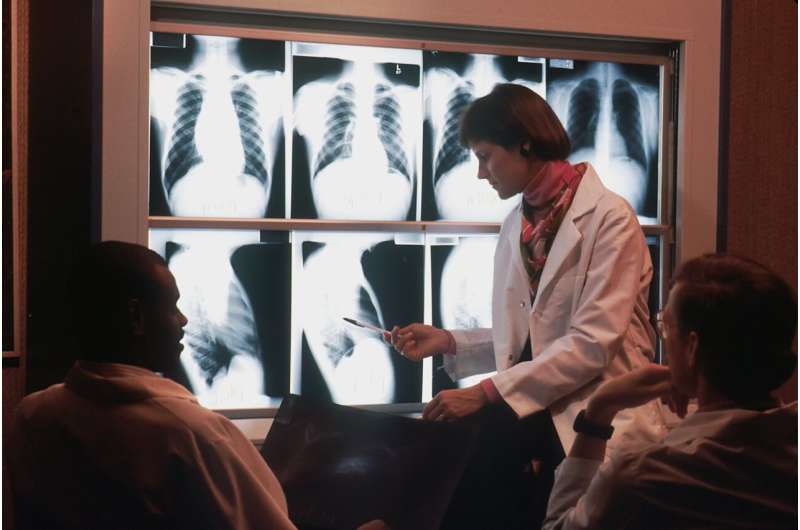Innovative Space-Technology Backpack Boosts Balance for Ataxia Patients

A novel backpack utilizing aerospace gyroscopic technology has been shown to improve balance and walking stability in ataxia patients, offering hope for enhanced mobility and independence.
A revolutionary backpack that integrates aerospace gyroscopic technology is showing promising results in improving stability for individuals with ataxia, a neurological disorder affecting balance and coordination. Developed through a collaboration between Radboud University Medical Center, Delft University of Technology, and Erasmus MC, this device offers a new approach to assist ataxia patients in standing and walking more confidently.
Ataxia stems from the cerebellum's impaired function, leading to increased fall risk and reliance on mobility supports like walkers. Traditional devices can be bulky and stigmatizing, motivating researchers to seek more discreet and effective solutions. The Gyropack, a wearable that uses gyroscopic wheels similar to those in space stations, was designed to counteract torso rotations and enhance posture.
In a study published in Nature, 14 patients with moderate to advanced ataxia underwent balance and gait assessments under three conditions: without the backpack, with the backpack turned on, and with the gyroscopes spinning but inactive (sham). Results indicated that even in inactive mode, the added weight (~6 kg) helped stabilize the upper body, but true active gyroscopic support yielded the most significant improvements. Patients demonstrated markedly better stability, walking in a straighter line and with increased confidence.
While the Gyropack is not yet suitable for daily use, ongoing efforts aim to make it lighter and quieter, paving the way for broader application. The ultimate goal is to help ataxia sufferers regain greater independence, enabling participation in social activities without bulky aids, thereby improving their quality of life.
This technological breakthrough highlights the potential of aerospace-inspired innovations in neurorehabilitation, offering new hope for those living with balance-impairing conditions.
Stay Updated with Mia's Feed
Get the latest health & wellness insights delivered straight to your inbox.
Related Articles
Survey Reveals Significant Variability in Older Adults' Preparations for Aging in Place
A new survey highlights the diverse approaches older adults take to prepare for aging in place, revealing significant variation in home modifications, plans, and challenges faced by seniors. Learn about current trends and barriers to aging safely at home.
Study Finds COVID-19 School Closures in the US Were Not Cost-Effective Compared to Other Interventions
A new study reveals that COVID-19 school closures in the US were not cost-effective, highlighting the effectiveness of mask mandates, testing, and contact tracing as better alternatives for pandemic control.
The Hidden Cardiovascular Risks of Wildfire Smoke Extending Beyond Fire Zones
Wildfire smoke extends its health threat beyond fire zones, increasing the risk of heart attacks and cardiovascular events even in regions far from the fires. Learn how to protect your heart health during wildfire seasons.



